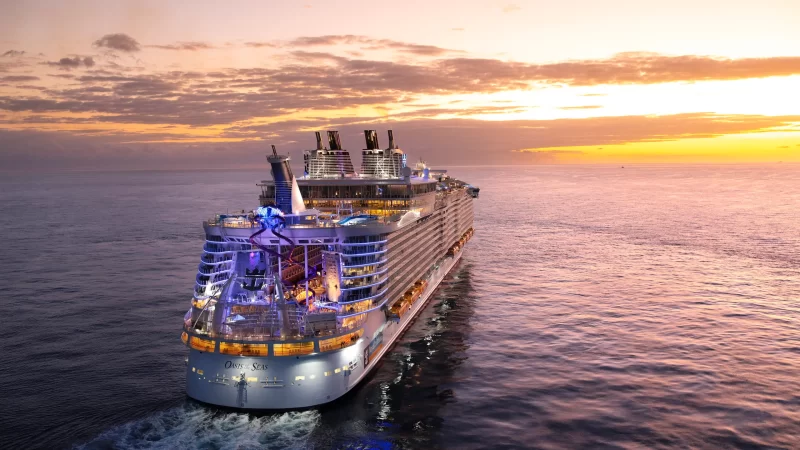Travel Enriches the Mind by Introducing New Cultures, Languages and Lifestyles

Travel opens our mind to new cultures, languages and lifestyles, while teaching us something about both our world and ourselves. It provides a valuable learning opportunity.
Most travelers take holidays to relax, have fun or explore a new country. But for some people, traveling can be an opportunity to do things a bit differently.
Purpose
Travelers often have various reasons for visiting a tourist destination. Common ones include rest and relaxation, socializing with new people, volunteering for charity work, migration to start a life elsewhere, religious pilgrimages or mission trips and business travel.
Tourism is a multi-billion dollar industry. Tourists come from all backgrounds and socioeconomic levels, often rewarding themselves with new experiences such as unique hotel rooms or food and culture experiences. But the best part of all? These trips often leave lasting impressions on travelers’ lives – which is why this industry strives to make their stay even more unforgettable.
Motivation
Motivation is the psychological need that propels a tourist to visit an unfamiliar location, whether it be internal or extrinsic.
Tourists typically travel for leisure, to discover new places, or simply to spend time with family and friends. These motivating factors are known as push or pull factors (Crompton, 1979).
The primary motivation for visiting a tourist destination is self-actualization. However, these motives may differ depending on the destination and sociodemographic characteristics of visitors.
Accommodation
Accommodation refers to a group of rooms or buildings where someone may live or stay while traveling, and it’s essential for tourists who plan on traveling elsewhere or embarking on an adventure as they’ll need somewhere to rest their head.
Hotels are the most common type of tourist accommodation, offering paid accommodations to guests. These commercial establishments usually include on-site amenities like restaurants and pools for added comfort.
Hotel chains usually provide furnished rooms with en-suite bathrooms as part of their services. Other amenities may include restaurants, pools and spas, exercise rooms, business centers, concierges, maintenance staff and room service.
Activities
Tourists usually explore a variety of attractions, such as museums, monuments and landmarks. Additionally, they may take part in outdoor activities like hiking or riding a horse-drawn carriage.
Touring a museum is often popular, but for an even more engaging experience, consider taking a walking tour through the city’s history. While these excursions may be costly, they provide the ideal way to get acquainted with a new place.
Tourists might prefer a day of shopping at a mall. On the other hand, markets provide travelers with unique trinkets and souvenirs to take home from their trip. What’s most impressive about markets is that they’re open to everyone – not just the wealthy or famous.
Budget
When traveling on a budget, there are plenty of options to choose from. Some places are naturally cheaper or easier to get to than others due to higher demand and competition, while others can be more costly due to higher demand and prices due to higher demand and competition. Another way to save money is by visiting secondary destinations instead of the popular tourist spots – for instance, Chiang Mai instead of Phuket or Bangkok can give you access to smaller motels with affordable meals available at local markets.
Food accounts for a substantial part of your travel costs, so be sure to factor it into your budget when creating your itinerary. Eating out can be expensive if you don’t plan on cooking your own meals at your accommodations, so take into account this when creating your budget.







